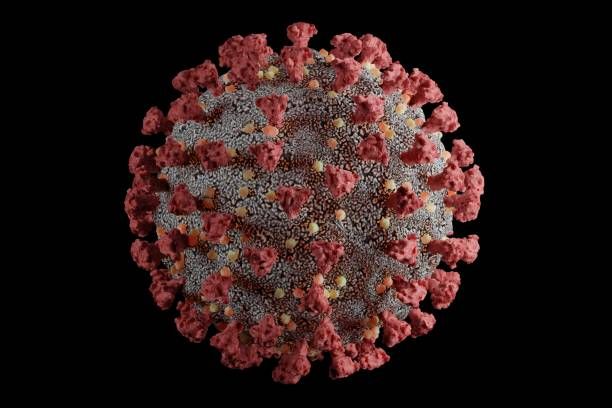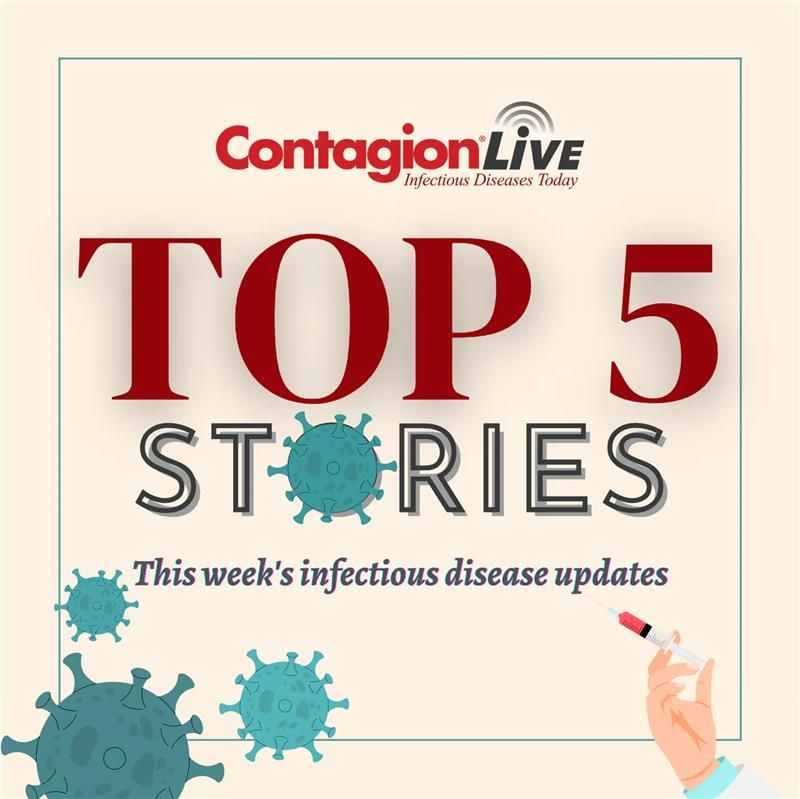Effective responses to the COVID-19 pandemic and its aftermath necessitate ongoing challenges and adaptations.
Image credits: Unsplash

On July 23, 2024, the most recent edition of the Annals of Family Medicine includes three significant studies addressing different facets of COVID-19. These studies explore topics from potential treatments and the prevalence of post-COVID conditions to the pandemic’s impact on primary care and the use of telehealth. They provide valuable insights for healthcare professionals and policymakers grappling with the enduring challenges of the pandemic.1
Study 1: Post-COVID Conditions in US Primary Care
This first study aimed to quantify the burden of post-COVID conditions (PCC) among adult patients diagnosed with COVID-19 across the US since COVID-19 is known to potentially lead to other chronic conditions, highlighting issues such as breathing difficulties, fatigue, and sleep disturbances. According to clinical registry data, the prevalence of these conditions among primary care patients appears to be lower compared to what has been reported in subspecialty and hospital settings.2
The study analyzed 28,215 COVID-19 patients and 235,953 with influenza-like illness (ILI), higher rates of conditions were observed in COVID-19 patients: breathing difficulties (4.2% vs 1.9%), type 2 diabetes (12% vs 10.2%), fatigue (3.9% vs 2.2%), and sleep disturbances (3.5% vs 2.4%).2
“Our findings suggest that in the primary care setting, PCC occurred slightly more often than similar conditions that occurred after ILI or wellness visits, although these differences were modest,” according to the investigators. “PCC symptoms were captured for only 12% of patients after COVID-19 infection. Our findings also suggest that the prevalence of PCC in this health care setting is less than 12% for the 17 assessed diagnostic categories at 6 months of follow-up.”2
The study, utilizing the American Family Cohort, matched patients using propensity scores, examining 17 condition categories across 2020-2021 COVID-19 patients compared to 2018 influenza-like illness and 2020-2021 wellness visit control groups.2
Key Takeaway From Each Study
- Post-COVID conditions occur more frequently among primary care patients compared to those with influenza-like illnesses or wellness visits.
- The nirmatrelvir/ritonavir regimen shows the potential to reduce COVID-19 hospitalizations and mortality, though further research is needed to establish consistent efficacy and safety.
- The COVID-19 pandemic led to significant declines in primary care visits but a notable increase in telehealth utilization, highlighting disparities in healthcare access across patient demographics.
Study 2: Nirmatrelvir/Ritonavir Treatment for COVID-19
The effectiveness and safety of the approved nirmatrelvir/ritonavir (N/R) regimen for treating mild to moderately severe COVID-19 remain uncertain. Initial findings suggest N/R may reduce COVID-19 hospitalizations.3
“These findings should be interpreted with caution given the limited evidence, particularly for RCTs, and the heterogeneous evidence, particularly for RWS. In addition, the findings might not be generalizable,” according to the investigators.3
The review analyzed 4 randomized controlled trials (RCTs) with 4,070 participants and 16 real-world studies (RWS) involving 1,925,047 adults. RCTs showed mixed results on hospitalizations with N/R compared to placebo or no treatment (RR = .17; 95% CI, .10-.31), while real-world studies indicated lower hospitalizations (RR = .48; 95% CI, .37-.60) and all-cause mortality (RR = .24; 95% CI, .14-.34) with N/R versus no treatment. A random-effects model pooled data from RCTs and RWS, highlighting variability (I2 statistic) and the need for further studies to determine N/R’s efficacy and safety for COVID-19 treatment.3
Study 3: Primary Care Disruption and Telehealth Usage During COVID-19
The pandemic worsened existing healthcare disparities and access to primary care. The study aimed to quantify the nationwide decline in primary care visits and increase in telehealth use during this period, examining if certain patient groups were disproportionately affected. Primary care visits decreased significantly, while telehealth use rose across all patient groups, with varying degrees of change based on patient characteristics.4
A study aimed to quantify the nationwide decline in primary care visits and the rise in telehealth during the pandemic, focusing on how specific patient groups were affected. Findings revealed a 7% decrease in total visit volume and a 17% decrease in in-person visits, offset by a 10% increase in telehealth utilization across patient groups. Significant drops in visit volume were noted among pediatric patients (−24%), Asian patients (−11%), and those with multiple comorbidities (−9%). Telehealth use was highest among Hispanic or Latino patients (17%) and urban residents (12%).4
According to the investigators, “Decreases in well-child visits have been linked to lower vaccination rates and increases in mental health crises, though it is unclear whether well-child visits were affected as much as other types of pediatric care. Decreases in well-child visits have been linked to lower vaccination rates and increases in mental health crises. Though it is unclear whether well-child visits were affected as much as other types of pediatric care.”4
Researchers used electronic health records from 1,652,871 patients in 408 practices to analyze changes in visit volume and telehealth adoption. They explored correlations with patient characteristics such as age, gender, race, ethnicity, comorbidities, rural or urban residence, and area-based social deprivation levels.4
In conclusion, the Annals of Family Medicine studies offer insights into COVID-19’s impact on healthcare. They are exploring long-term health effects post-infection, treatment efficacy, and changes in healthcare delivery. Healthcare professionals and policymakers should use these insights to strengthen healthcare systems, ensuring fair access and prepared responses for future health crises. These studies are important for informed decision-making and proactive healthcare planning during ongoing COVID-19 uncertainties.
References
-
Annals of Family Medicine: New COVID-19 Research Studies Provide Latest Insights into Post-COVID Conditions, Potential Treatment, and Impact on Primary Care and Telehealth Utilization. PRNewswire. Published July 23, 2024. Accessed July 24, 2024. https://prnmedia.prnewswire.com/news-releases/annals-of-family-medicine-new-covid-19-research-studies-provide-latest-insights-into-post-covid-conditions-potential-treatment-and-impact-on-primary-care-and-telehealth-utilization-302204402.html
-
Velásquez E, Kamdar N, Rehkopf D, et, al. Post-COVID Conditions in US Primary Care: A PRIME Registry Comparison of Patients With COVID-19, Influenza-Like Illness, and Wellness Visits. The Annals of Family Medicine. Published July 22, 2024. Accessed July 24, 2024.DOI: https://doi.org/10.1370/afm.3131
-
Okoli G, Askin N, Rabbani R. Nirmatrelvir/Ritonavir Regimen for Mild/Moderately Severe COVID-19: A Rapid Review With Meta-Analysis and Trial Sequential Analysis. The Annals of Family Medicine. Published July 22, 2024. Accessed July 24, 2024. DOI: https://doi.org/10.1370/afm.3120
-
Morgan Z, Bazemore A, Peterson L, et, al. The Disproportionate Impact of Primary Care Disruption and Telehealth Utilization During COVID-19. The Annals of Family Medicine. Published July 22, 2024. Accessed July 24, 2024. DOI: https://doi.org/10.1370/afm.3134








